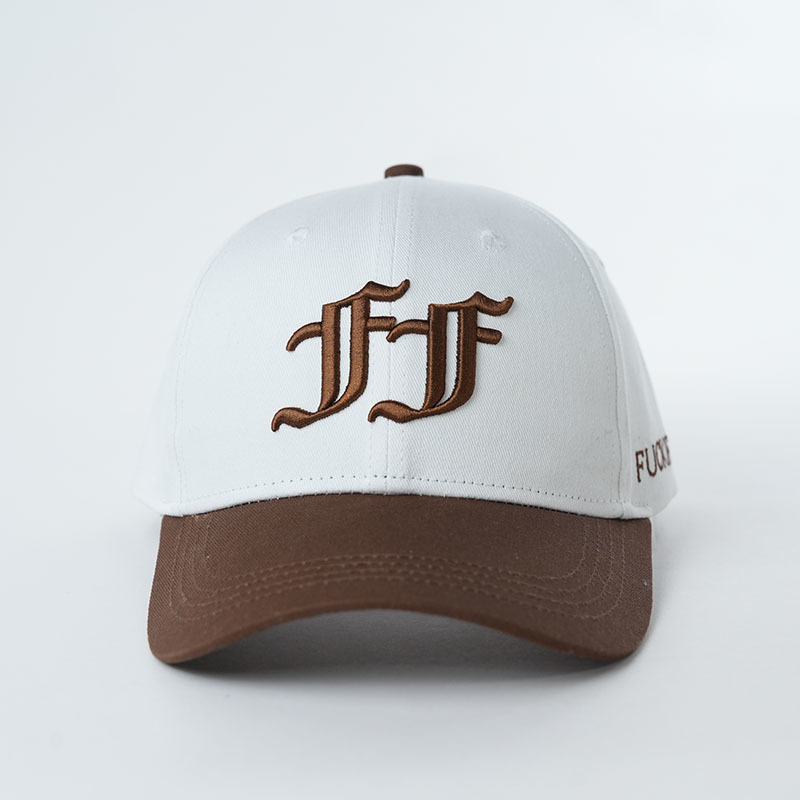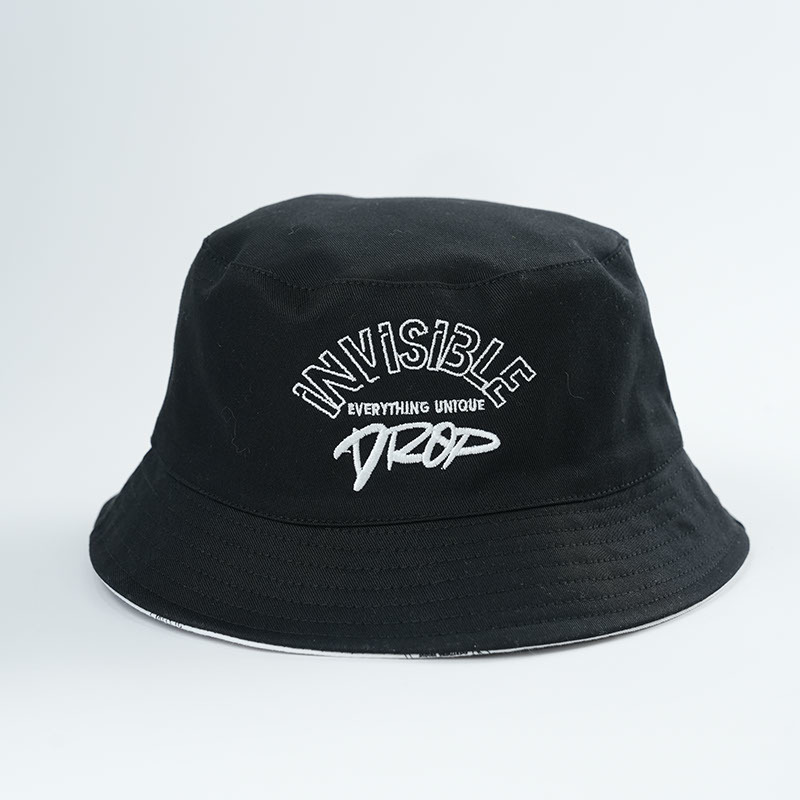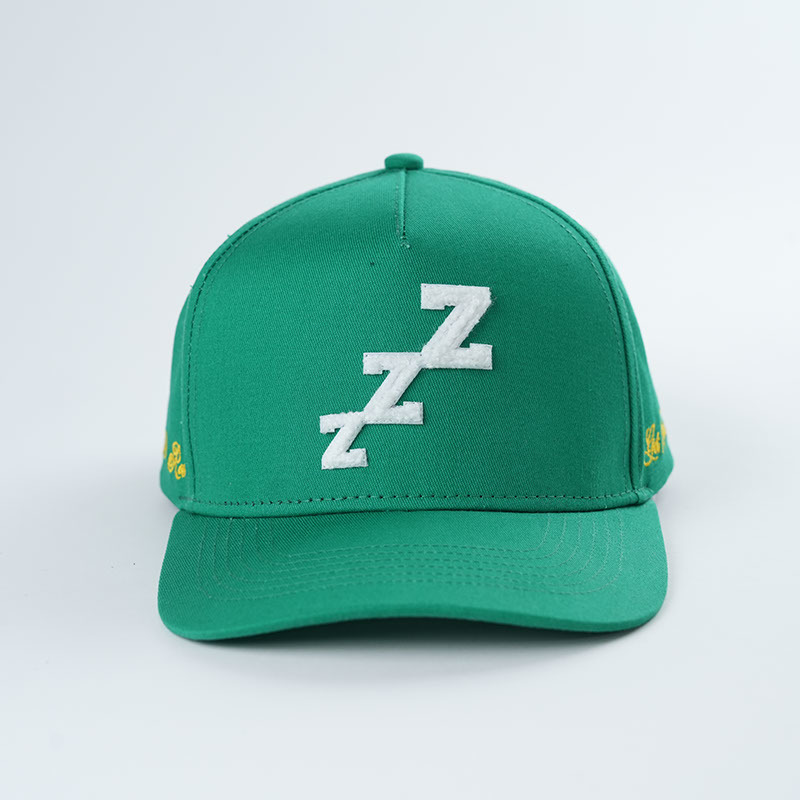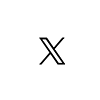Materials Define Style and Value: Hat Industry Embraces a New Era of Fabric Innovation
As global consumers grow increasingly sophisticated in their fashion and function demands, the focus of hat design has shifted from simple shape and structure to a deep emphasis on materials. Fabric is now a defining factor for both the quality and brand identity of hat products. At the forefront of this transformation is Baoding Yukaihe, which has earned its reputation through superior fabric sourcing capabilities and customization expertise.
Today, materials not only determine how a hat looks and feels, but also its performance. For example, summer hats like baseball caps and bucket hats benefit from lightweight, breathable fabrics such as cotton-linen blends and mesh. These materials ensure comfort and effective moisture-wicking. In contrast, for colder seasons, materials like wool felt, fleece, and synthetic leather are ideal for aviator hats and winter caps, providing warmth and structure.
Eco-friendly fabric innovation is another growing trend. Yukaihe aligns closely with this shift by collaborating with sustainability-focused brands in Europe and the US. By incorporating RPET (recycled polyester), organic cotton, and bamboo fiber into hat production, Yukaihe not only reduces environmental impact but also enhances product storytelling. In several green-themed collections, Yukaihe plays an integral role in selecting fabrics, optimizing construction, and ensuring mass production adheres to strict environmental and quality standards.
Matching fabric to hat type is both a science and an art. Five-panel hats demand higher structure and crispness, while six-panel hats prioritize flexibility and fit. Aviator hats require windproof and warm materials, whereas everyday commuter hats lean toward fabrics that are flexible, durable, and resistant to deformation. Yukaihe has amassed deep technical knowledge in matching fabric properties to specific hat designs, supported by a proprietary database of material-hat compatibilities.
Yukaihe's strength lies in its seamless integration of fabric selection and technical execution. The company operates with advanced shaping equipment, precision embroidery, and expert pattern-making teams. This allows even delicate or experimental fabrics to be crafted into hats with ideal structure, fit, and finish. As a result, Yukaihe has become a preferred partner for international brands looking for high-end custom hat manufacturing.
Looking ahead, the next phase of hat material innovation will likely involve multi-functional fabrics—UV protection, antibacterial properties, quick-dry features, and biodegradable options. Baoding Yukaihe is committed to leading this shift by providing the global market with hats that marry sustainability, performance, and aesthetic design, setting new benchmarks in the hat manufacturing industry.
Tag:
Related Posts
Around the World in Hats: Exploring Global Headwear Trends That Shape Export Success










